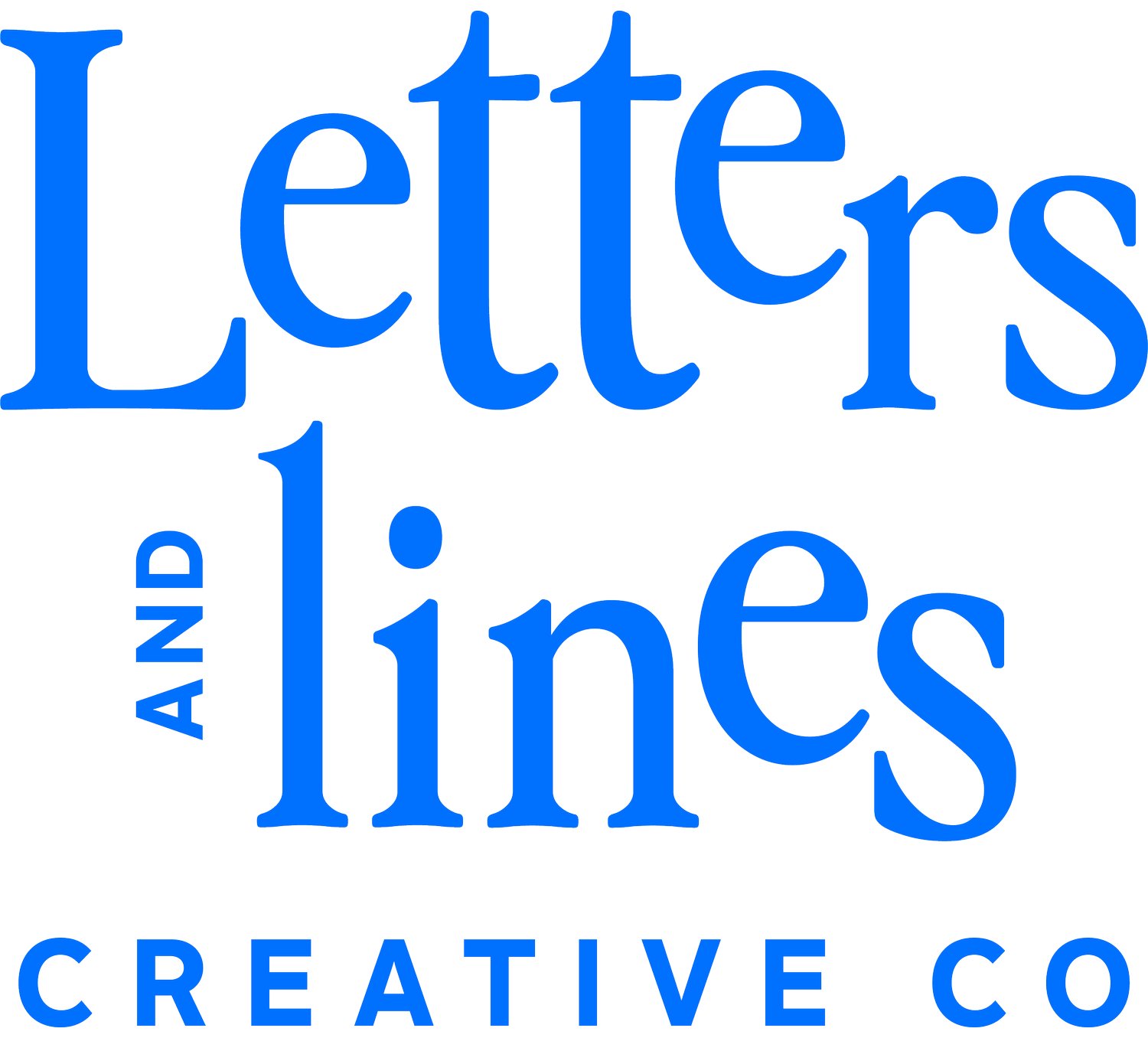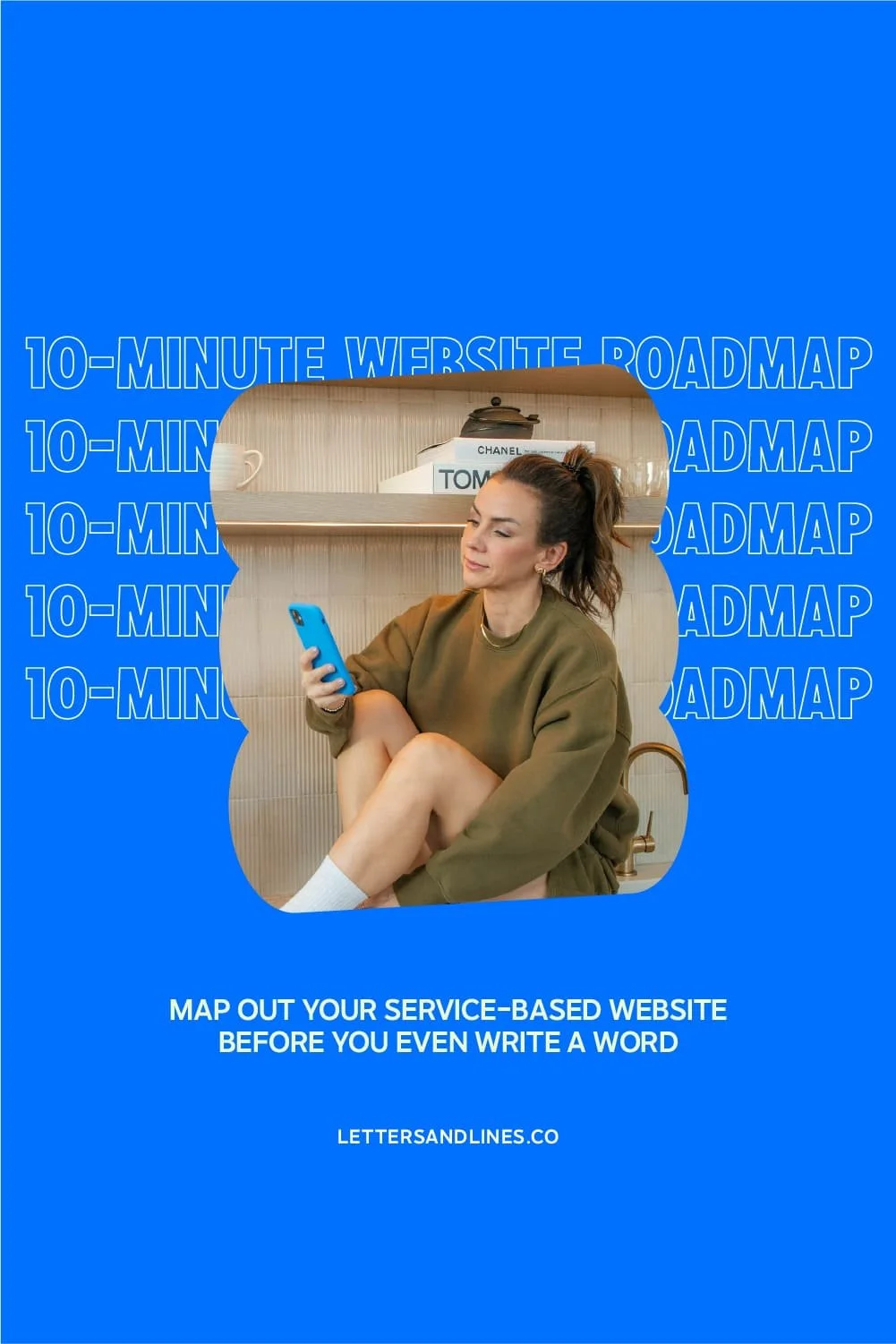From Homepage to Close: Strategic Website Flows That Convert
I've recently discovered the show Traitors (yes, I’m behind on the game) and have been binge-watching it lately (no spoilers, I promise!), and something hit me: creating a converting website flow is a lot like being the ultimate gamemaster.
Just like the show's carefully crafted journey that keeps everyone on the edge of their seats, your website should strategically guide visitors through an experience that's equally engaging—minus the dramatic "MAAADEUUUR" accusations, of course.
As my bestie-preneur said while we were watching, "Be better. Sometimes you just need to play the game of business and entrepreneurship. It doesn't always have to be so personal." This really struck a chord with me, especially when it comes to strategic website design.
While your site should absolutely reflect your personality, the journey you create for your visitors needs to be strategically planned, not just personally preferred.
The Art of Strategic Website Flow
Think of your website like the Traitors' castle—each room (or page) should serve a purpose, guide visitors to the next destination, and keep them intrigued enough to continue their journey. Whether you’re a service provider, coach, creative or any other small business, the key to effective site design is creating a path that's clear enough to follow but interesting enough to keep them engaged.
Your homepage isn't just a welcome mat—it's your castle's grand entrance. It needs to immediately signal to visitors whether they're in the right place and hint at the value that awaits them inside. But unlike the show's contestants, your visitors shouldn't have to guess what's around the corner.
Key Elements of a Converting Website Flow
The most effective websites don't just look pretty—they're strategic pathways designed to convert visitors into clients. Here's what makes the difference in website conversion strategies:
Clear Entry Points
Your homepage should immediately answer four questions for visitors:
Directly stating who you help (ideal client)
How you help them (the solution to their problem)
What they should do next (a strong call to action)
How you’re the one to help them (a quick about)
Reflecting on your audience's needs can be essential. To better understand their preferences, consider how your font choices impact your brand in How Your Font Choices Are Secretly Speaking to Your Clients (aka Typography Psychology).
Strategic Navigation
Guide visitors through your site like a well-planned game strategy. Each page should have a clear purpose and lead naturally to the next step in the journey of discovering what your brand can do for them.
To maintain visual engagement, check out Planning Your Brand Photoshoot: A Complete Guide to Authentic Visual Storytelling, which can help you align your imagery with your website's goals.
Compelling Story Arc
Just like The Traitors keeps viewers hooked episode after episode, your website content should maintain interest while building trust and demonstrating value.
Common Website Flow Mistakes to Avoid
The biggest website fails I see aren't actually about design—they're about strategy.
Many businesses create beautiful websites that fail to convert because they're missing crucial strategic elements:
No clear journey for visitors to follow
Unclear calls to action, or too many competing calls to action
Buried contact information or broken links
Missing next steps between pages
Weak or unclear value propositions
If you're concerned your website may not be performing as it should, first read 5 Signs Your Website is Holding Back Your Business Growth to identify potential issues.
Creating Your Strategic Website Flow
The key to a converting website isn't just about having all the right elements—it's about arranging them in a way that creates an irresistible journey for your ideal clients. Think of it like being the gamemaster of your own castle: you want to create enough intrigue to keep visitors moving forward while making sure they always know their next move.
Here's how to map out your website’s flow:
Start with your end goal of page.
Work backward to create logical steps.
Remove unnecessary detours + extra fluff, keep things concise and skimmable.
Add strategic exits along the way (buttons, forms).
Test and refine the journey (ask a friend to test run it with fresh eyes).
For a more strategic approach, look into the fundamentals in The Strategic Website: Beyond Just Pretty Design.
Stop Playing Small with Your Website
Your website should be your hardest-working team member, not that awkward business card you're hesitant to share.
Grab the 10-Minute Website Roadmap and map out the exact pages and (content) your site needs to start pulling its weight.
PS: Looking for more brand tips and behind-the-scenes insights? Join my weekly newsletter, Between the Lines—Your Brand Accelerator, where I share actionable design wisdom you can actually use in your small business (plus the occasional dad joke, because why not?).










